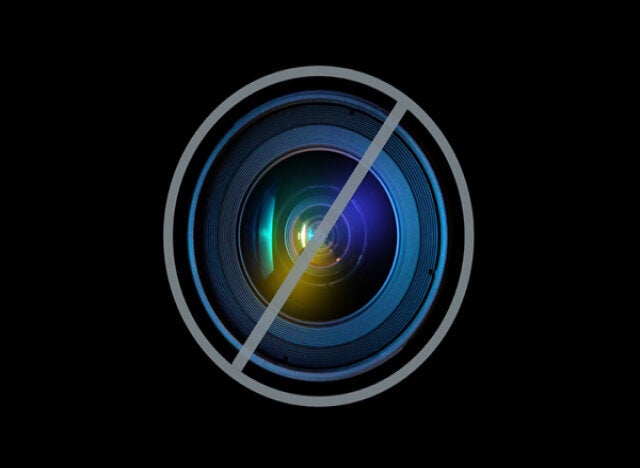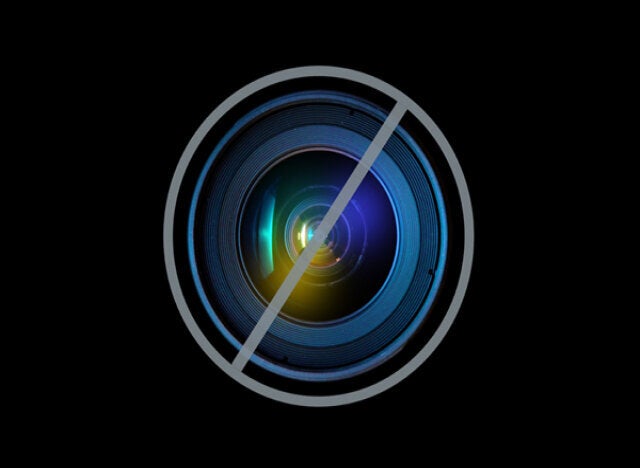Saturday marks the 90th year since the discovery of Tutankhamun - a dig that sparked an enduring public fascination with the ancient boy king.
The Egyptian pharaoh was virtually unknown when British archaeologist Howard Carter found the dusty sarcophagus in a tomb full of golden treasures, in a discovery that was to define his career.

The ancient death mask of the boy king
Having died in mysterious circumstances in 1323 BC at the age of 19, Tutankhamun was buried in the Valley of the Kings in Luxor, Egypt.
His resting place was not left undisturbed in the years following his death.
Tomb robbers plundered the treasure there in the months following his death and the entrance of the tomb was resealed to protect it from further raids.

Howard Carter (kneeling) and A. R. Callender, who discovered the stone sarcophagus, open the tomb of Tutankhamen in the Valley of the Kings, Egypt, in 1922
Soon afterwards it is believed the tomb was buried by debris that was either dumped there whilst other tombs were being dug, or washed there by floods.
Huts for workers were built over Tutankhamun's head, as generations forgot that the boy king had ever lain there.
Under these huts Carter and his team discovered steps leading to the tomb on November 4 1922.

Howard Carter discoverer of the tomb of Tutankhamun in Egypt
After years of disappointment in the hunt for the pharaoh, Carter convinced the fifth Earl of Carnarvon, an Egypt fanatic, to finance one last search.
After careful preparations they opened the burial chamber containing the sarcophagus of the boy king four months later in February 1923 - more than 3,200 years after Tutankhamun was buried.
Alongside the king's mummified body were hundreds of objects placed in the tomb to help Tutankhamun in his afterlife.
The frail earl who funded the final search died in April 1923, a high-profile victim of the supposed curse of Tutankhamun.

Many of these treasures are now kept at Highclere Castle, where Downton Abbey is filmed
But his ancestor, the eighth earl, George Herbert, said his great-grandfather's death, from blood poisoning and pneumonia caused by an infected mosquito bite on his face, was "coincidental".
But he said it did not stop his superstitious grandfather, the sixth earl, from trying to bury links with Egypt.

A replica of the death mask of King Tutankhamun at the Museum of Museums in Manchester.
Many of the artefacts brought back from the tomb were sold to cover death duties and others were hidden around the family seat, Highclere Castle in Berkshire, better known to millions as the setting for popular ITV period drama Downton Abbey.
Those artefacts now form the basis of the family's collection in the cellar of the house, which opened to the public in 1988 and was expanded four years ago, including scores of replica artefacts from the tomb.
On Monday, Lord Carnarvon will welcome dignitaries including the Egyptian ambassador to Highclere Castle to celebrate the anniversary and show off the family's collection.